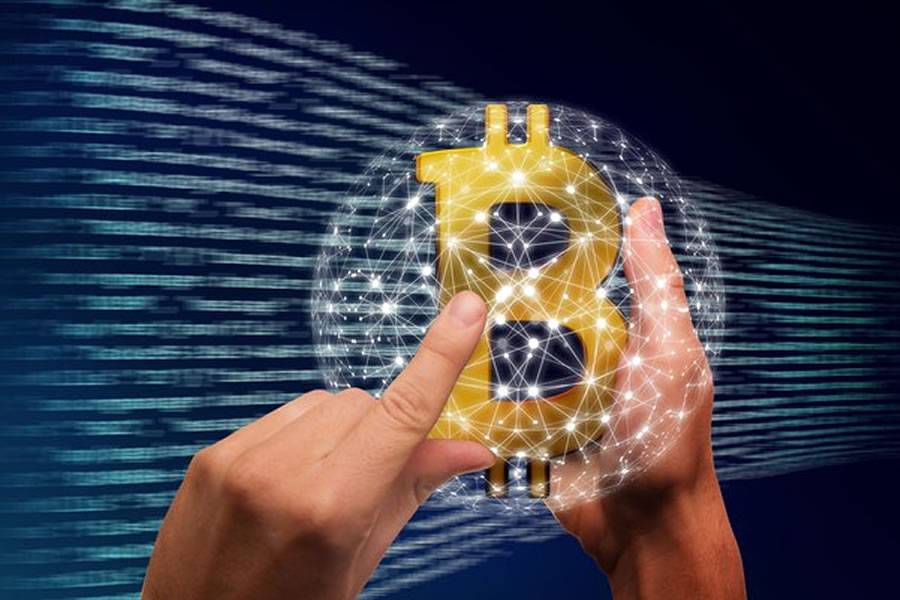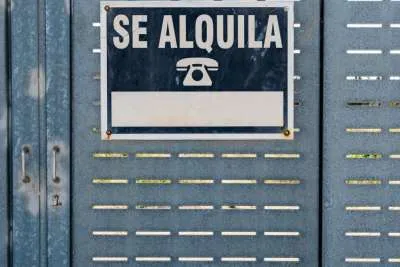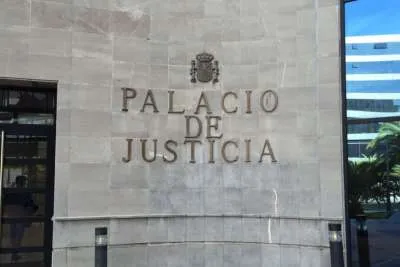Tackling Double Spends: How Bitcoin ensures transaction integrity
- 24-10-2023
- Business
- Canarian Weekly
- Photo Credit: Quora
In the digital world, safeguarding assets from duplication has been a formidable hurdle. While tangible currency is constrained by its physicality, ensuring it can't be simultaneously presented in two locations, digital currencies lack this inherent barrier. Without robust protective measures, they risk being used for multiple transactions, paving the way for deceitful activities and considerable economic setbacks.
The issue persisted, with many solutions falling short, until Bitcoin's groundbreaking approach emerged. For those interested in diving into this world of cryptocurrency, immediate-enigma.org offers a user-friendly experience for newcomers and seasoned traders alike.
What is a Double Spend?
Double spending is the dilemma where a single unit of a digital currency is spent more than once, analogous to trying to use the same physical dollar bill for two distinct purchases. This poses a significant threat to the credibility of digital currencies, as unchecked occurrences can severely erode trust and devalue the currency. Addressing this issue was imperative to ensure the long-term stability and acceptance of digital currencies.
The Birth of Bitcoin: A Solution to Double Spending.
In 2008, an entity known by the pseudonym Satoshi Nakamoto introduced a groundbreaking whitepaper to the world. This document presented a detailed method aimed at preventing the issue of double spending prevalent in digital assets.
As a result, Bitcoin emerged as the pioneering decentralized digital currency. It was meticulously crafted with an architecture that inherently thwarted any attempts to duplicate transactions.
The Role of the Blockchain.
At the heart of Bitcoin is its blockchain - a distributed ledger that records every transaction across a network of computers. Every transaction is bundled into blocks, which are then added to a chronological chain. The blockchain's transparency and its timestamping of transactions ensure that once a transaction is recorded, it cannot be altered or duplicated without alerting the network.
Mining and Proof-of-Work: Solidifying Transaction Integrity.
To add a block to the blockchain, miners compete to solve complex mathematical puzzles, a process known as Proof-of-Work (PoW). The first to solve it broadcasts the solution to the network. Once verified, the new block is added to the chain.
This not only rewards the miner with new bitcoins but also verified and secured transactions. If a malicious actor tries to double spend, they would need to redo the PoW for their block and all subsequent blocks, a feat that's computationally infeasible.
Node Consensus: Decentralization in Action.
A critical strength of Bitcoin lies in its decentralization. Instead of a central authority, thousands of nodes (computers) validate and record transactions. For a transaction to be accepted, a majority of nodes must reach a consensus.
In the rare instances where discrepancies arise (like when two miners solve the PoW almost simultaneously), the network follows the longest chain, as it represents the most work done. This majority consensus ensures that attempts to double spend get detected and discarded.
Enhancements and Innovations in Transaction Integrity.
Bitcoin's underlying technology is not static. Over the years, innovations have been integrated to further bolster transaction integrity. The Lightning Network, for instance, enables quicker transactions off-chain, reducing the load on the main blockchain. Meanwhile, Segregated Witness (SegWit) addresses transaction malleability, a concern related to double spending. Such enhancements ensure Bitcoin remains robust against evolving threats.
Real-world Cases of Double Spend Attempts.
Although Bitcoin has been architecturally designed to resist double spending, it hasn't been immune to determined attackers. In its formative years, there were episodes where certain individuals aimed to capitalize on perceived weak points. Yet, due to the watchful eyes of the Bitcoin community combined with the network's steadfast consensus protocol, these efforts were swiftly detected and addressed.
Criticisms and Limitations.
No system is infallible. One notable vulnerability in Bitcoin is the 51% attack. If a single miner or mining pool controls over 50% of the network's computational power, they could potentially double-spend by manipulating transaction order.
However, the sheer computational power and financial resources required make such attacks highly unlikely. Additionally, while Bitcoin's security is paramount, it faces criticisms regarding its energy consumption and scalability.
Conclusion.
Bitcoin's solution to the double spending problem is revolutionary. By intertwining cryptographic principles, a decentralized network, and consensus mechanisms, Bitcoin offers a digital currency that operates transparently and securely. While challenges remain, the continuous evolution of its technology underscores the resilience and promise of decentralized finance.
Other articles that may interest you...
Trending
Most Read Articles
2.
Featured Videos
A Vision of Elvis Tenerife Promo
- 10-05-2025
TEAs 2025 Highlights
- 17-11-2025



























































